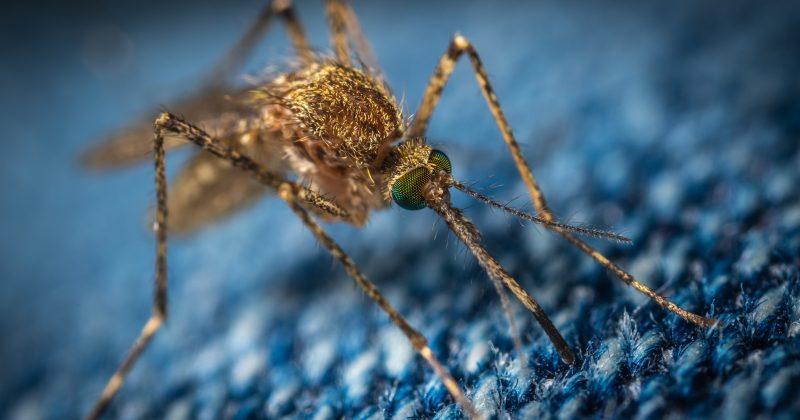
Eagles killed and sold illegally on the black market
Project Dakota Flyer, an operation set up by the Fish and Wildlife Service in the US, has been investigating the illegal selling of eagles and other protected birds in South Dakota.
Eagle parts such as wings, head, feet and feathers are often illegally sold on the black market. This commercialisation of protected birds for the economic gain of illegal traders goes against the safeguarding of species such as the bald eagle and the golden eagle.
Bald eagles were removed from the Endangered Species act in 2007 after intense population management resulted in a flourishing increase in the bird of preys population. This increase was due to the banning of the pesticide DDT which contaminated the birds prey, resulting in a great decline in population.
Both the golden eagle and the bald eagle are protected by federal laws in the US to help prohibit the possession, use and sale of eagle feathers and parts that have been illegally obtained through means...




